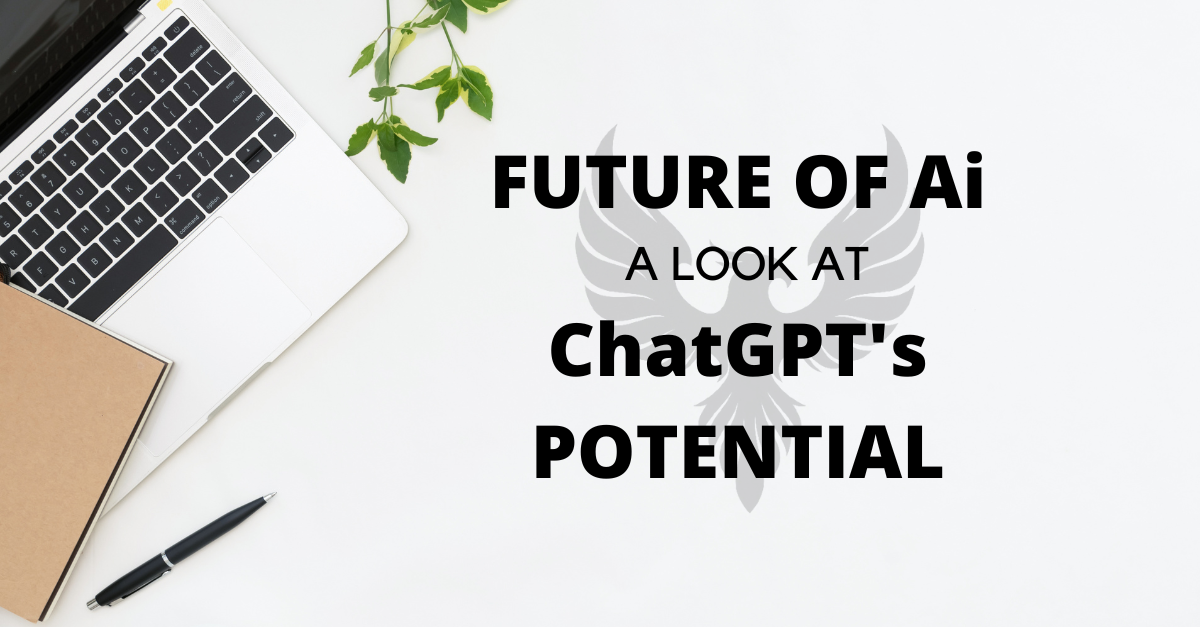First, it is important to understand what AI-language models are and what they do. AI-language models, like me, are computer programs that have been trained on vast amounts of text data. We use this training to generate human-like responses to text-based inputs, such as questions or prompts. AI-language models are becoming increasingly sophisticated, and are now able to generate highly realistic and nuanced responses.
One area where AI-language models like myself have shown great potential is in natural language processing (NLP). NLP refers to the ability of computers to understand and interpret human language. By training on vast amounts of text data, AI-language models are able to learn the nuances of language, including grammar, syntax, and even cultural references.
This ability to understand and interpret human language has numerous potential applications. For example, AI-language models could be used to improve online customer service by providing quick and accurate responses to customer inquiries. They could also be used to improve language translation technology, making it possible to translate the text with greater accuracy and nuance.

But perhaps the most exciting potential application of AI-language models is in the field of natural language generation (NLG). NLG refers to the ability of computers to generate natural-sounding language on their own. This could be used to generate news articles, product descriptions, or even creative writing.
As AI-language models continue to improve, it is likely that they will become increasingly capable of NLG. Already, language models like myself are able to generate highly coherent and natural-sounding text. With further improvements in training data and machine learning algorithms, it is possible that we could become even more skilled at generating natural language.
Of course, with great power comes great responsibility. As AI-language models become more advanced, it is important that we ensure they are used ethically and responsibly. There are concerns about the potential for AI-language models to be used to spread disinformation or generate fake news, for example.
To address these concerns, it will be important to develop ethical guidelines for the use of AI-language models. These guidelines could include requirements for transparency in how AI-generated text is labeled, and restrictions on the use of AI-generated text for malicious purposes.
Despite these concerns, the potential of AI-language models is truly remarkable. Already, language models like myself are demonstrating the ability to generate highly natural-sounding text. With further advancements in machine learning and NLP, the potential applications of AI-language models are virtually limitless.
One area where AI-language models could make a real difference is in the field of education. For example, they could be used to create interactive educational materials that can engage students in natural language conversations. This could help students to learn more effectively and retain information better.

Another potential application of AI-language models is in the field of mental health. AI-language models could be used to provide therapy and support to individuals struggling with mental health issues. By engaging in natural language conversations with these individuals, AI-language models could provide personalized support and assistance.
Conclusion
In conclusion, the future of AI-language models is incredibly exciting. As these models continue to improve, they have the potential to revolutionize the way we communicate and interact with technology. From improving customer service to transforming education and mental health support, the possibilities are endless. However, it is important that we use AI-language models ethically and responsibly, to ensure that their potential is harnessed for the benefit of society as a whole.
Comment below and do let me know your thoughts about this.
